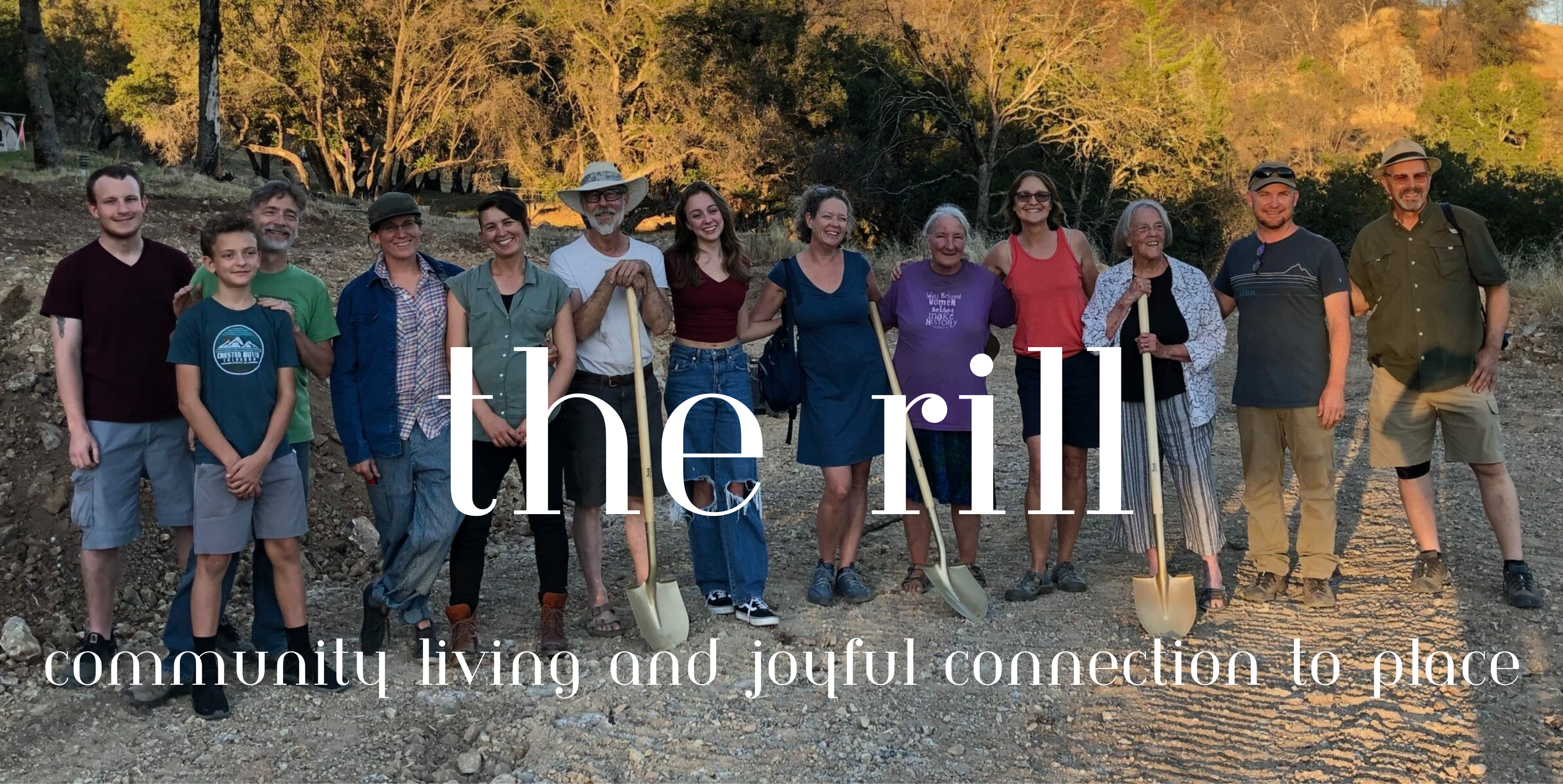Many hands are tending this land In the past few months, the Rill has been blessed with so many caring hands, tending to the land as we recover from the 2020 Glass Fire and nurture a more climate-resilient and wildfire-resilient…
Spring Oak Blitz
Help us Regenerate Oak Woodlands at Monan’s Rill Connect, Collect, and Protect at our Spring Oak Blitz – May 7, 10am-2pm What makes an oak ecosystem healthy? How can we heal from centuries of fire suppression and regenerate healthy forests? In this…
The Promise of Oak Restoration
The Promise of Oak Restoration One of the hardest things about this fire has been its impact on the trees. Yes, those of us who lost homes are grieving our homes, in our different ways. But we all share in…
Madeline’s Tree
Madeline’s Tree At the top of the lower meadow and pasture is Madeline’s Tree, named after one of the founders of Monan’s Rill, who died peacefully at home on this land and whose ashes are buried under a rock cairn…
